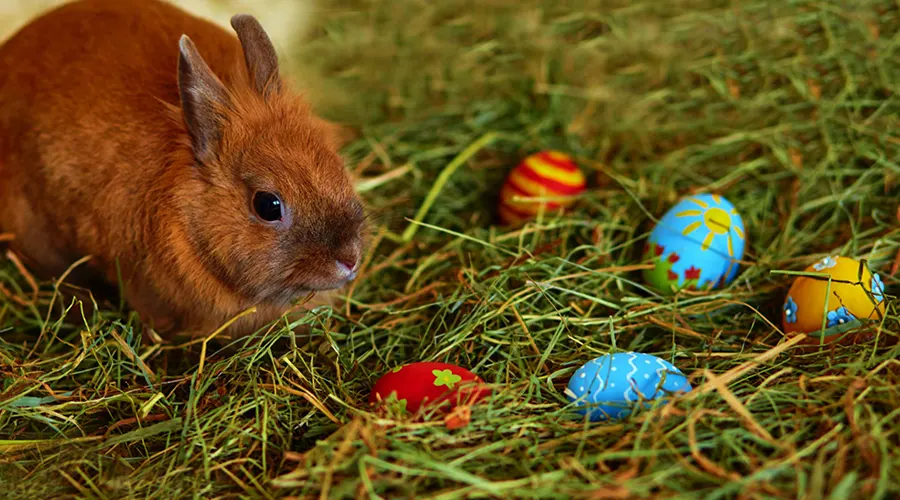Nandikeshwari Temple
Sainthia is famous for the well-known Temple of Goddess Nandikeshwari. One of the 51 Shakti Peethas, the Temple attracts a vast array of Visitors and devotees from all over the region. The Temple rests on an elevated platform and contains many additional smaller shrines to many gods and goddesses of the Hindu pantheon. Statuettes of the Mahavidyaas are carved on the walls overlooking the main Temple. Puja is offered daily to the Goddess.
The name of Goddess is derived from 'Nandi', the mascot and follower of Lord Shiva, and 'Ishwari' (Goddess), meaning 'one who is worshiped by Nandi, the divine bull'. Wife to Lord Shiva, the Goddess is one of the many aspects of Goddess Sati or Parvati.
Usually, a circular journey for the pilgrimage is undertaken by Visitors and devotees from Kolkata and other major cities in the Birbhum District, starting from Shantiniketan, through Tara Pith and Nandikeshwari, and finally to Fullara Mahapith of Labpur.
Daily 'Prasad' is offered to the devotees in the Temple. The annual festival is held during the autumn season. Sainthia is a town and a municipality in the Suri Sadar subdivision of the Birbhum district. The town is famous for Nandikeshwari Temple, one of the Shakti Peethas in India.
History of Nandikeshwari Temple
Nandikeshwari temple was built in 1320 (According to the Bengali calendar). It rests on an elevated platform and contains many additional smaller shrines to many gods and goddesses of the Hindu pantheon. Statuettes of the Dasa Mahavidya are carved on the walls overlooking the main temple.
The name of Goddess is derived from ‘Nandi’, the mascot and follower of Lord Shiva, and ‘Ishwari’ (Goddess), meaning ‘one who is worshiped by Nandi, the divine bull.
Architecture of Nandikeshwari Temple
The pyramidal dome of the red-colored temple denotes the sanctum of Devi Nandini where she is also worshipped along with Her Bhairava, known as Nandikeshwar.
No idol is there, the deity is worshipped as a tortoise-shaped stone, which is dipped in vermillion. The deity is adorned with a silver crown and three golden eyes. Devotees tie a red or yellow dhaga (threads) on the ancient banyan tree located by the side of the temple for their wish fulfillment.


























